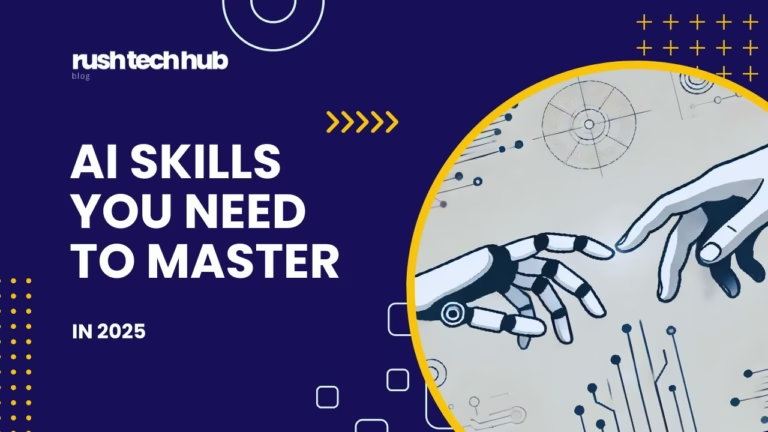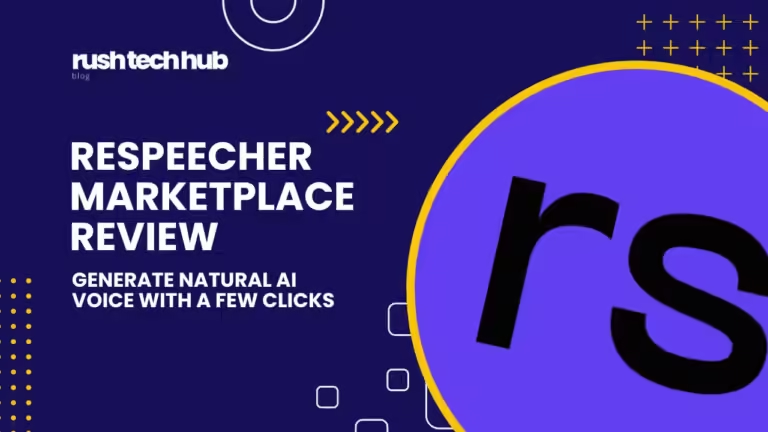How Do AI Detectors Catch AI Traces in Content?
AI content-checking tools don’t provide any random guesses about AI involvement in content. These tools examine the input content based on different factors to generate the most accurate results. Here is how they assess text and what they look for in it to flag it as machine-generated.
- Performing Detailed Text Analysis
AI detectors set a strong foundation for deep examination of text by analyzing the text thoroughly. As you input your text, the AI checker undergoes a detailed analysis. In this initial phase, its sophisticated algorithms read each line word by word and understand its meanings.
Not a single word, phrase, or sentence goes unnoticed. While scanning the content, they use different techniques to spot the signs of AI. Whether a piece of content is completely generated by automated tools or has the partial presence of AI traces, an AI detector stays efficient in both cases.
Once it has completed studying each line of input text, it will identify the footprints that robotic tools leave while generating content.
- Identifying Outdated or Irrelevant Information
An AI content checker prioritizes authenticity inspection when examining content. This is because most automated content generators struggle to add relevant, authentic, and context-based information to the text they produce.
Although they are trained over a large dataset, this limited training doesn’t make them efficient at maintaining factual or contextual accuracy. That’s why when any fabricated, irrelevant, or out-of-context detail exists in content, it is a key indicator for AI detectors.
Detecting informational and contextual inaccuracies makes it clear to AI checkers that online or offline tools produce the content.
- Recognizing Common AI Patterns
If you have ever gone through AI-generated content, you might have noticed that such contents have many apparent similarities. The reason is that automated content generators like Chat-GPT work on the same patterns whenever they are asked to produce content on any topic.
Sometimes, you might fail to recognize these patterns, but AI detectors don’t get deceived. When you input a text into a proficient Chat GPT detector, it instantly identifies the common structures AI content generators use. From language usage to sentence structures, it can catch every AI pattern.
This tool shows you to what extent the input content is generated through AI resources. You can rely on their findings since such tools conduct highly accurate assessments.
- Catching Unusual Redundancies
Another element that hints at AI detectors about the involvement of automated content-generating tools is the unusual redundancies. When generating content, AI tools repeat words, phrases, and ideas in different parts of the content. Also, they start and end the content by repeating the same language.
For example, upon analyzing AI articles, you will find many common words like Crucial, Dive, Dive, Digital World, and Elevate. Also, you might find a significant lingual resemblance in the introductions and conclusions that speak about reliance on AI tools.
AI content checkers easily access this type of repetition. These tools look deeply for redundant words and ideas and flag strange redundancies in AI creation.
- Discovering Exceptional Tone Perfection
Although AI content generators have many insufficiencies, they are highly efficient at maintaining a single tone throughout content. Since human writers often fail to retain tone consistency in content, this difference is a vital indicator for AI detectors to distinguish between AI and human text.
For this reason, an AI content checker also considers tone consistency while evaluating the other factors. The best part is that it doesn’t separately conduct multiple analyses for every sign. Rather, it performs just a one-time inspection for all the AI indicators involving tone perfection.
If it finds no deviations in tone after studying all the content, it marks the whole text as AI-generated. That’s how this exceptional tool proves the best solution against AI content.
Impacts Of AI Checkers On Different Sectors
As AI content checkers emerged on the scene, they were widely appreciated by professionals worldwide. Until then, these extraordinary tools have gained significant prominence and adaptation and continuously contribute to battling against AI content. Here is how these tools influence some sectors most associated with writing.
- Education And Academia
The rise in generative AI has led to reliance on automated tools in academia. Due to the burden of assignments and complex topics, students use these tools as shortcuts to complete their work. This blind belief in these tools greatly impacts learners’ creativity.
Also, it harms academic integrity. To stop overdependence on such tools, an AI content detector emerges as the best measure. With this tool in their hands, teachers can quickly identify whether an assignment is AI-generated or genuinely written by the students. This facility allows them to do honest grading and ensure only deserving learners receive appreciation.
- Marketing & Content Creation
Due to the increasing use of robotic content generators, search engines have started penalizing AI content. Even if one doesn’t create content using AI, their written text may mistakenly match AI patterns, causing search engine penalties.
In this regard, an AI content checker is a companion for content creators to detect traces of AI in their content. It helps them ensure their content is human-written and free from any resemblance to AI structures. By doing so, it promotes the creation of original content and discourages the prevalence of AI content.
- Journalism And News Reporting
The development of AI content generators has threatened the integrity of news. Today, anyone can create fabricated stories and articles with biased narratives to spread negativity. In this scenario, AI detectors play a pivotal role in authenticating news.
These tools facilitate news outlets, reporters, and common society members.
With these tools, one can instantly determine whether a research article, story, or statement is auto-generated. These digital web assets streamline fact-checking and promote authentic information, creating a trustworthy environment.
To Sum Up
After reading this article, we hope you understand how AI content checkers are consistently supporting human content creation. Now that you know their significance, we expect you will capitalize on these tools whenever needed. Remember, the use of AI detectors helps you promote authenticity and originality. So, don’t hesitate to use these tools.



